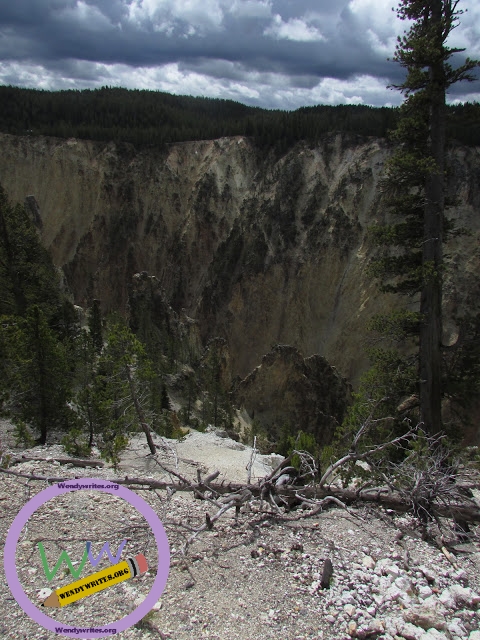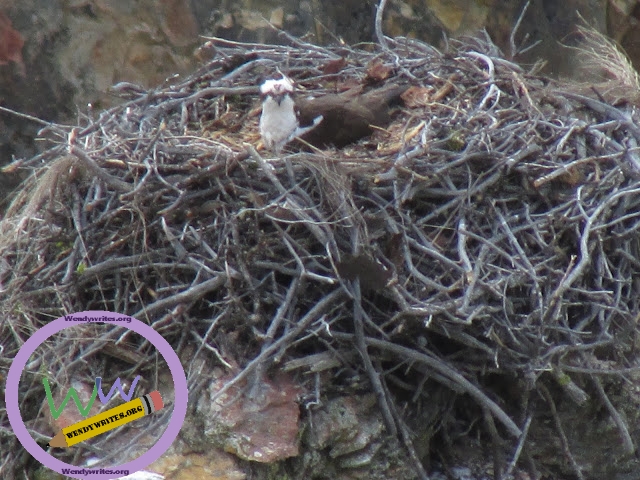 |
| Here the mama's approach the island, and you can see a little calf swimming next to one, perhaps asking for a little help. |
 |
| Welcome to the island everyone. |
 |
| And perhaps a congratulatory kiss. |
 |
| A quick blur of a look to the side before he trotted off. |
 |
| A nest with a view, the osprey nest is out in the middle of the grand canyon of Yellowstone. |
 |
| Beauty in motion |
 |
| At home by Slough Creek |










No comments:
Post a Comment